Fire, the public enemy number one, when it comes to the destruction of lives and property. There is so much agitation associated with fire destruction and homeowners are no exception. Most families and business owners who experienced fire damage are usually anxious to start again, and various questions begin to rise like what to do after the fire has been extinguished when to move back home, would your house ever come back to normal.
The immediate aftermath of fires can be a devastating and confusing period, but here are simple steps to guide you on this recovery period, restore your house to its former glory, better prepare you for the future, and prevent home fires.
Step 1
After the appropriate fire service have been alerted and the fire extinguisher, follow all the safety instructions issued out by the fire department.
If possible, videotape and take pictures to detail the extent of damage in each and every room, so as to take an extensive record of all your losses. Remember when doing this, you have to be actively protected, by wearing face masks, rubber gloves, and boots.
Above all, do not touch or removing anything. This can hinder the investigation by the police authorities, your insurance company towards the cause of the fire. In some cases, forensic evidence can be collected and used to file a claim against the manufacturers of the faulty material that started the fire. Now is not the time to be moving or sitting on the furniture, watering potted plants, wiping down windows, walls, even eating food that has been exposed to the fire. Leave your apartment how it is, move your family, including pets to a smoke-free environment to prevent inhaling of carcinogenic gases, harmful substances to the health.
Step 2
This is the time for your preparedness against events like this to pay off. Contact your Insurance company immediately to report your claim quickly. They would advise you on what you should do and what you should not do. Assessing the damages done to your property, they would check if you are covered or not, do a thorough investigation to ascertain the cause of the fire. If you are covered, they hire the necessary contractors to fix up your house. Most times, if need be, they even move you and your family to temporary lodgings depending on the extent of the damages.
If you are not insured, it is best to seek trusted professional help in buildings and fire restoration. They tend to do a more thorough job and have more experience in dealing with these kinds of problems. Although most opt to do self-restoration depending on the extent of the damage. If it is extensive damage, professional help is advised and after surviving this ordeal, it is best to get the insurance that covers fire damage. In cases of extensive damages and no insurance, with little or no funds, seek the red cross they may be able to offer assistance.
Step 3
After the investigations have been done, turn off the utility tools at home. I am talking about electricity, gas, water supply so as not to compound the damage to your homes such as water damage, other fire damage, and electrocution. If you are unable to do so, make sure you contact your insurer, so that the appropriate contractors in charge of fixing up your house are contacted and these services are temporarily disengaged.
Step 4
When the go-ahead has been given by professionals to enter your house, grab your valuables, personal effects, photo albums if they survived the fire. Your insurance adjuster may have different content restoration companies that can assist in restoring your personal belongings if they were damaged in the fire. The items that you must have managed to save from the fire would need to be cleaned and may have a lingering smoke odor which would have to be taken care of professionally, rather than trying to do it yourself.
Step 5
Alert your local police authorities and not only when you suspect foul play. So that repeat occurrences of vandalism, arson, theft, and the likes can be curbed in your area.
Step 6
Meticulous record-keeping of all receipts, expenses, phone calls, and rehabilitation related discussions. Get estimates before any work is done on your home and make sure that it is your insurance company that is handling the project concerning your home rebuilding, most especially financially. The receipts for any temporary housing lodged in, meals are eaten outside the home, and other related expenses carefully collected and shown to the insurance company agent so that you can be reimbursed.
Step 7
Getting your house back to normal can take up to weeks, months, even years, so patience is key. Reach out to your family and friends and let them console you. Explain to your children and get them to understand the situation at hand. It can also be emotionally ameliorating to join a support group of individuals who have shared similar experiences with you. With time, the sadness and pain can fade away.
Step 8
Looking into the future: Prevention of fire damage.
- Install a smoke detector in the rooms of your building.
- Placing fire extinguishers at strategic points that are easily accessible especially in the kitchen and other areas prone to fire hazards in the home.
- Cleaning of the furnaces, chimneys, heating systems from time to time.
- Maintenance of electrical equipment and prompt repair of any faulty appliances. Avoid overloading electrical circuits. Check the circuit breakers, and ensure the carrying capacity of the power is not exceeded.
- Always put off electrical appliances when not in use.
- Do not attempt to repair electrical faults yourself except you are a professional in that regard.
- Candles and other sources of open flame for example cigars should not be kept close to flammable material, instead, on their appropriate stand.
- Get insurance coverage for fire damage.
Fire with all its destructive tendencies can be preventable and homeowners should be educated on the advantages of preventing fire outbreak so as to save property, money, and reduce stress.










.jpg)
.jpg)
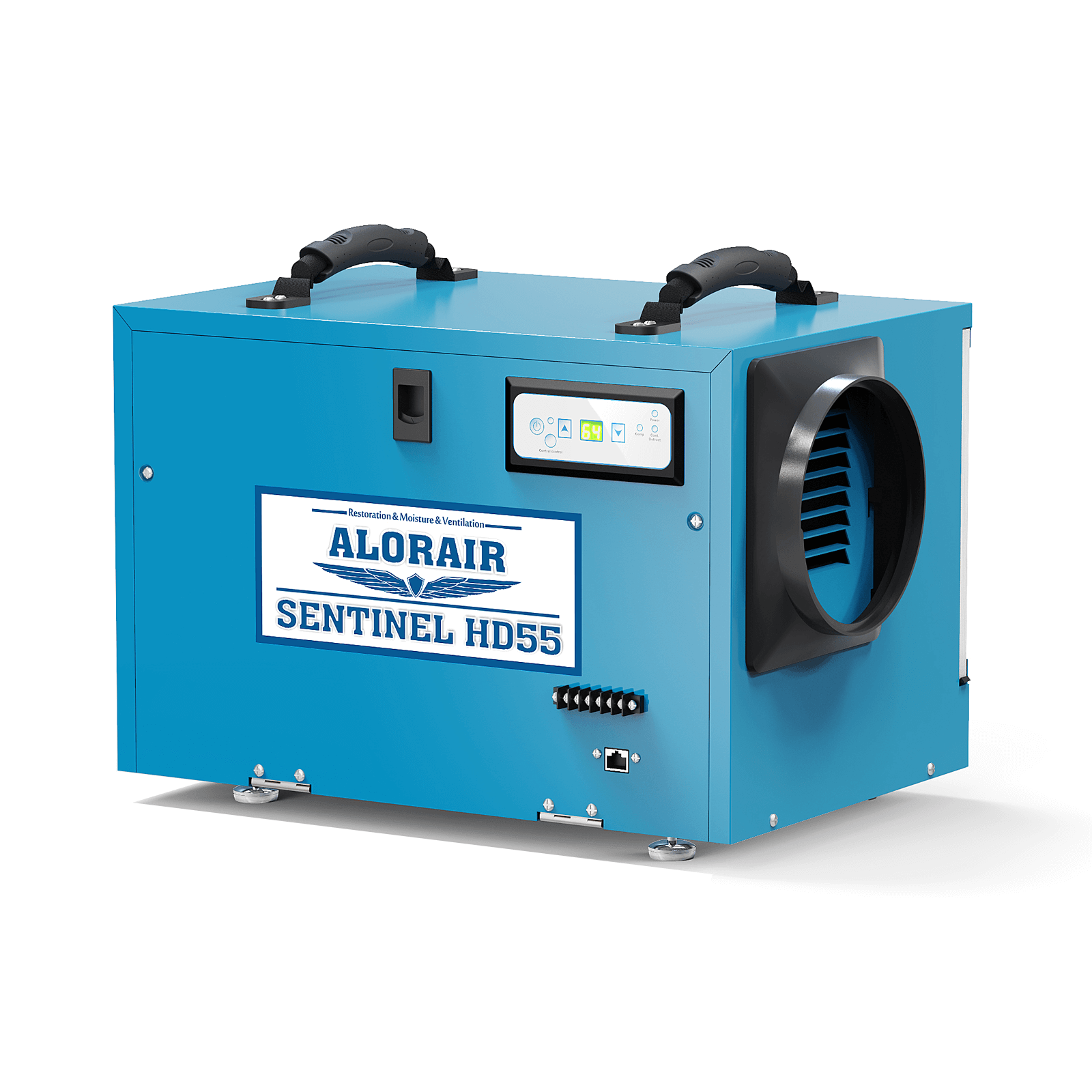
.jpg)
.jpg)
.HDi90.png)
.HD90.png)


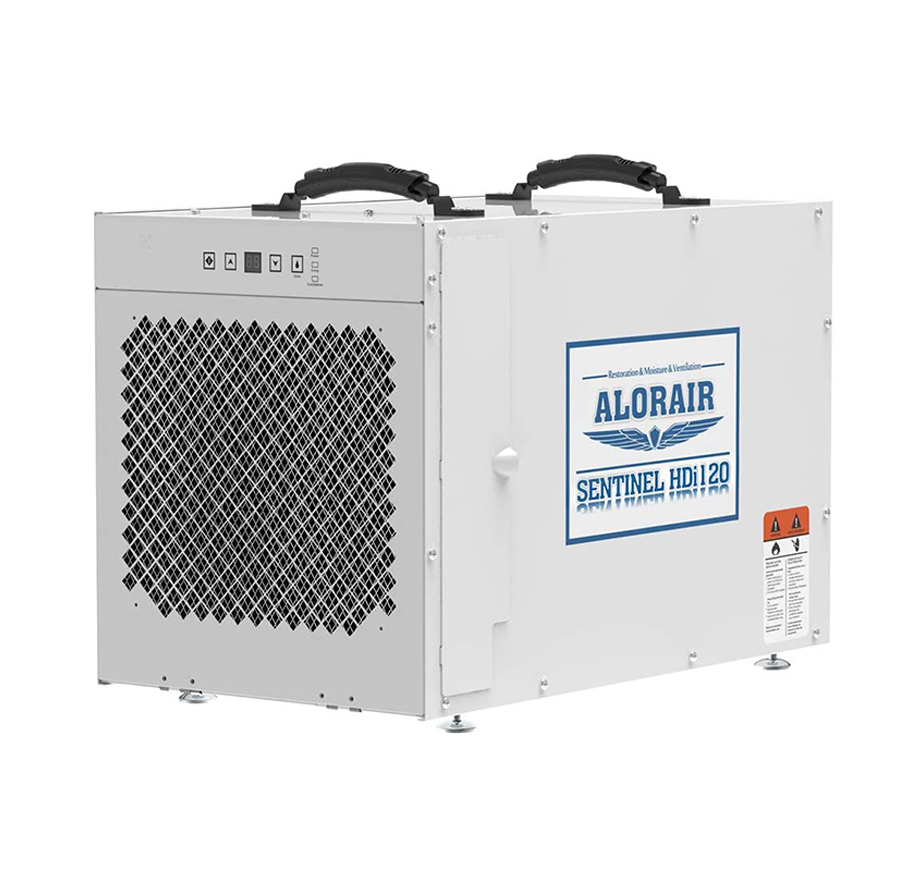
.jpg)






.jpg)
.jpg)
.jpg)
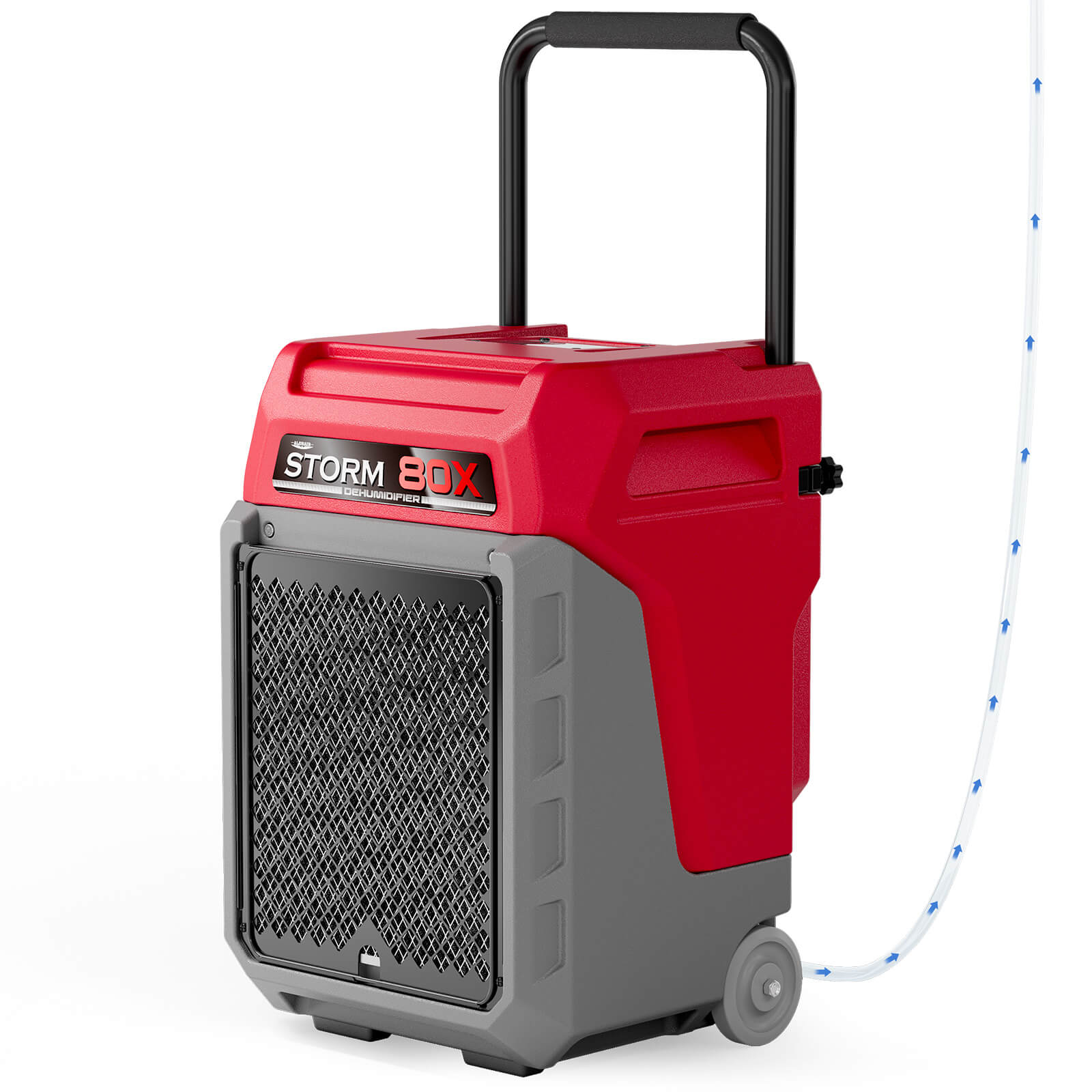

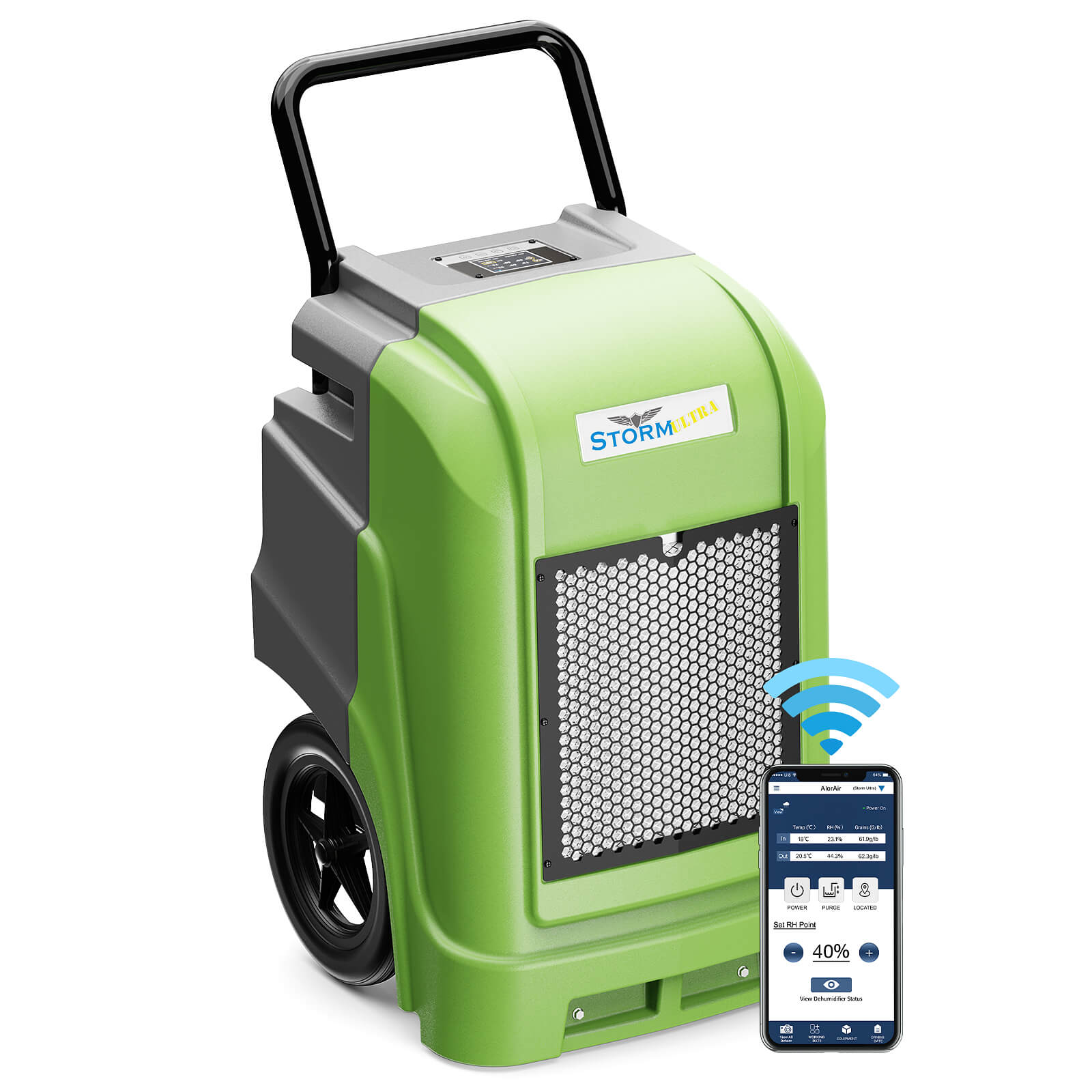
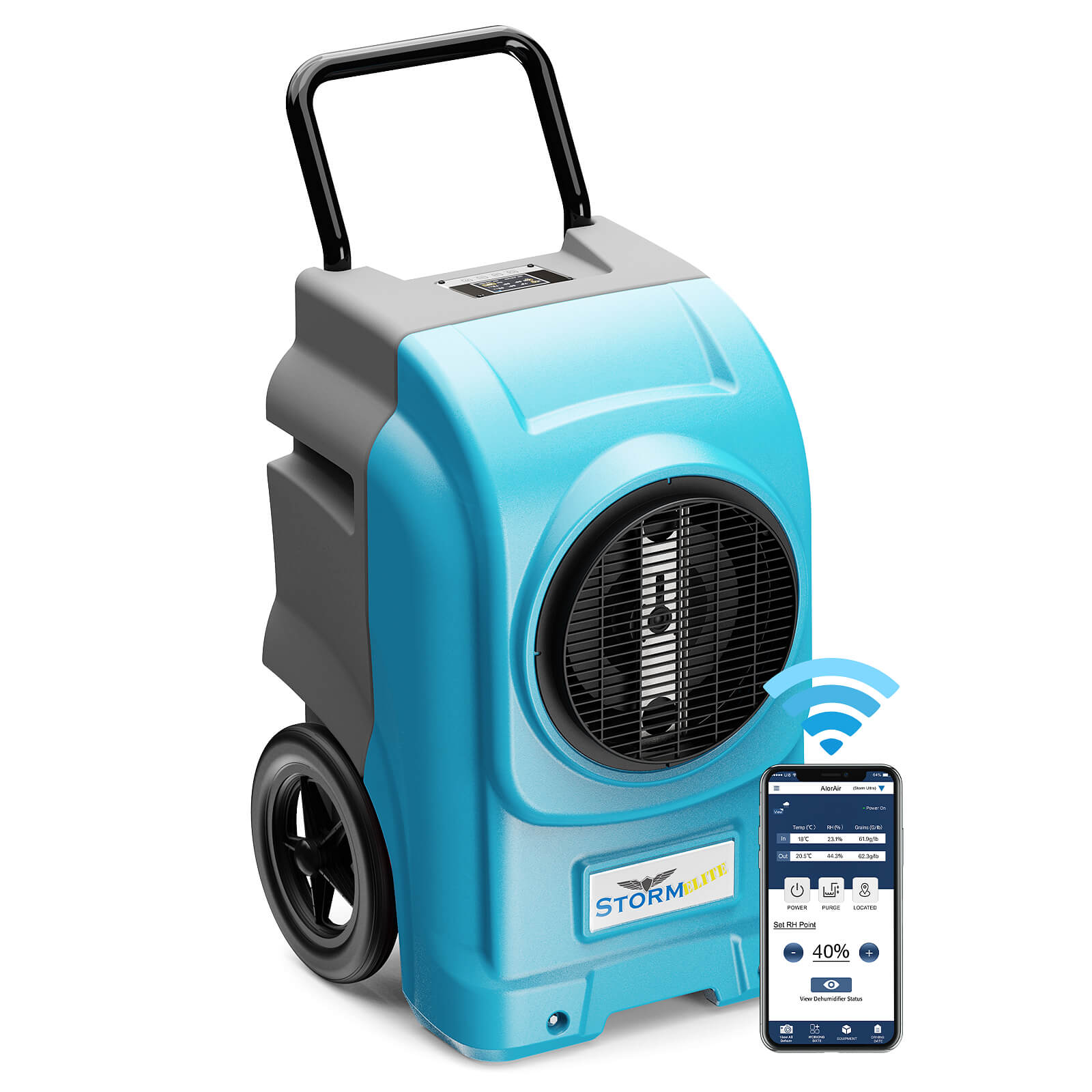
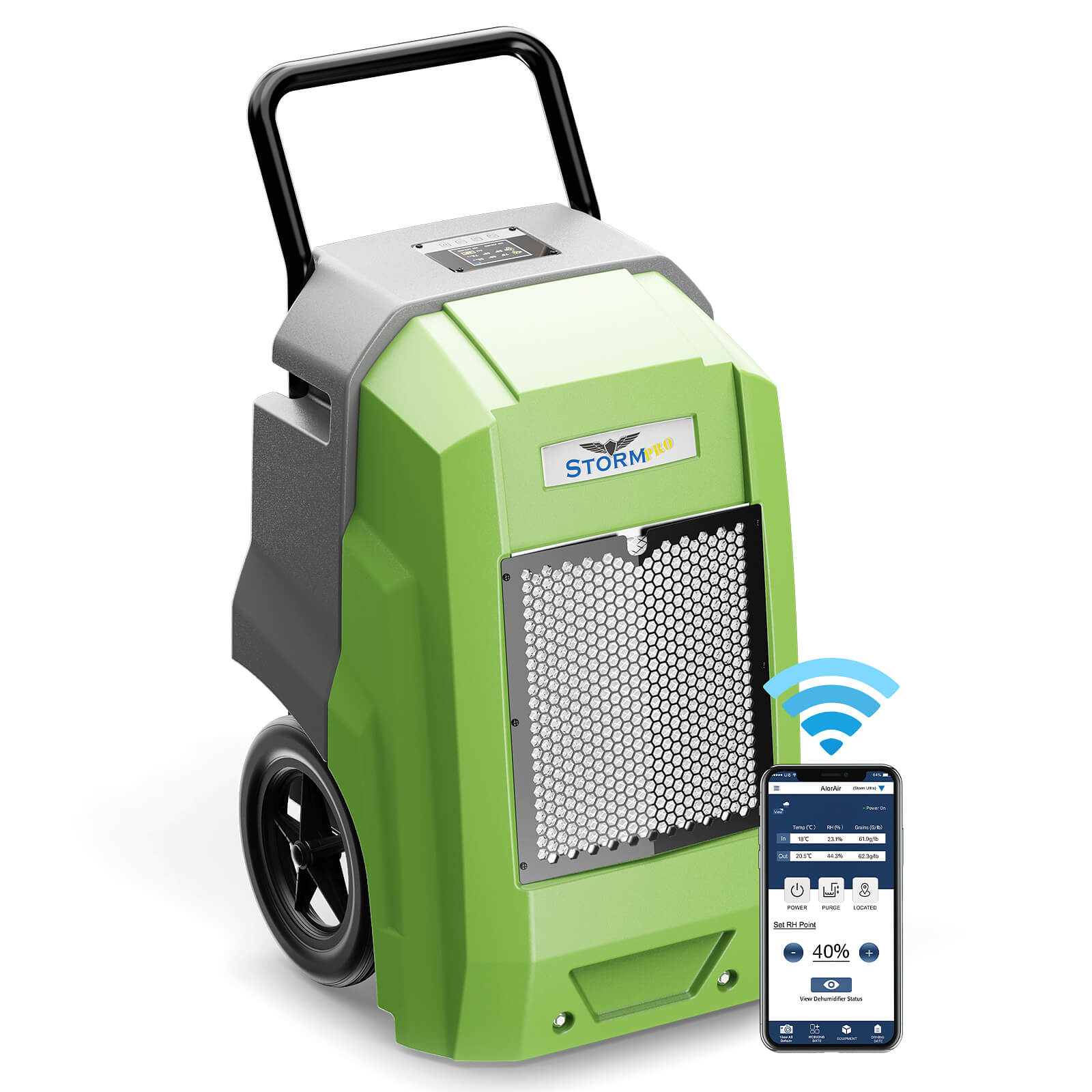
.jpg)
.jpg)
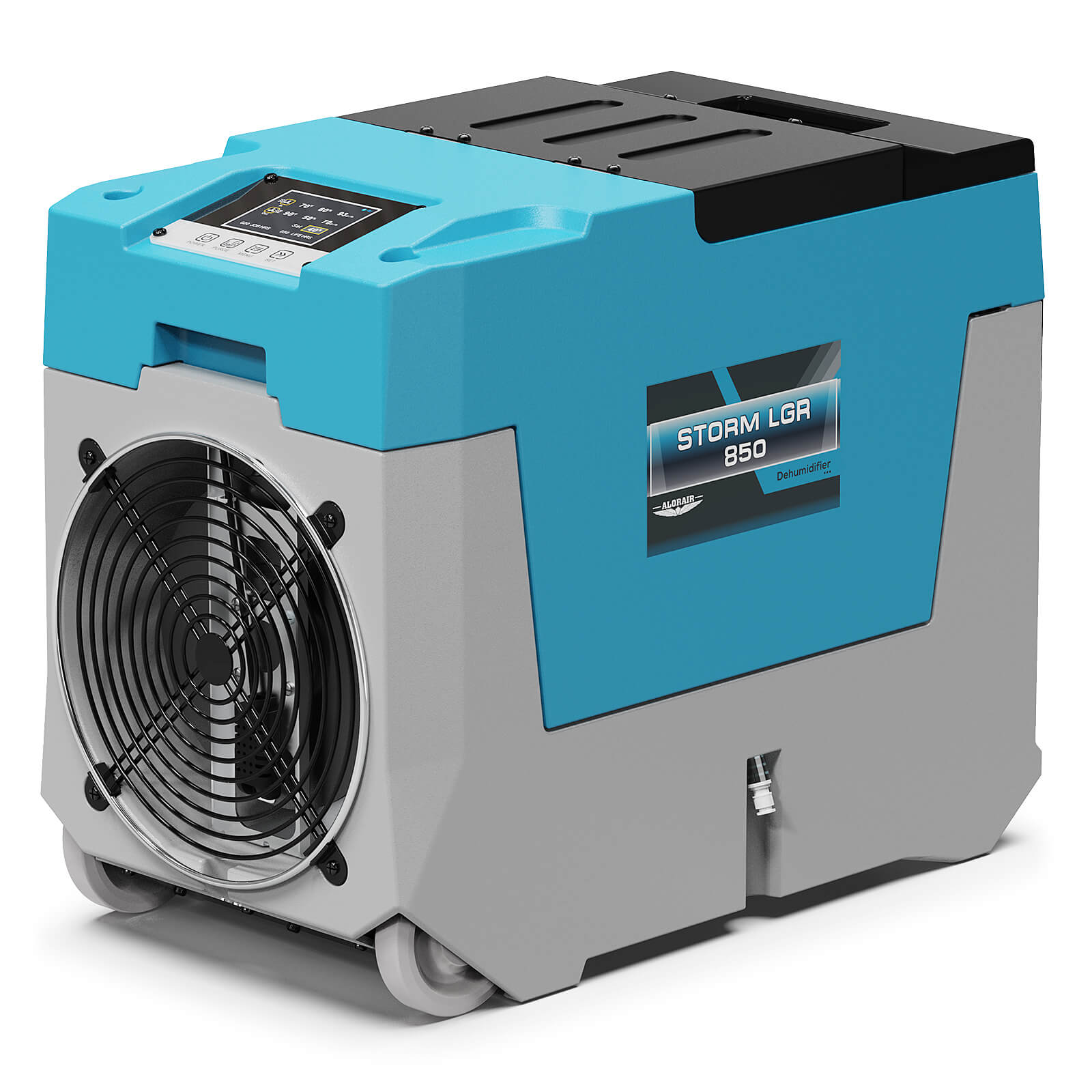
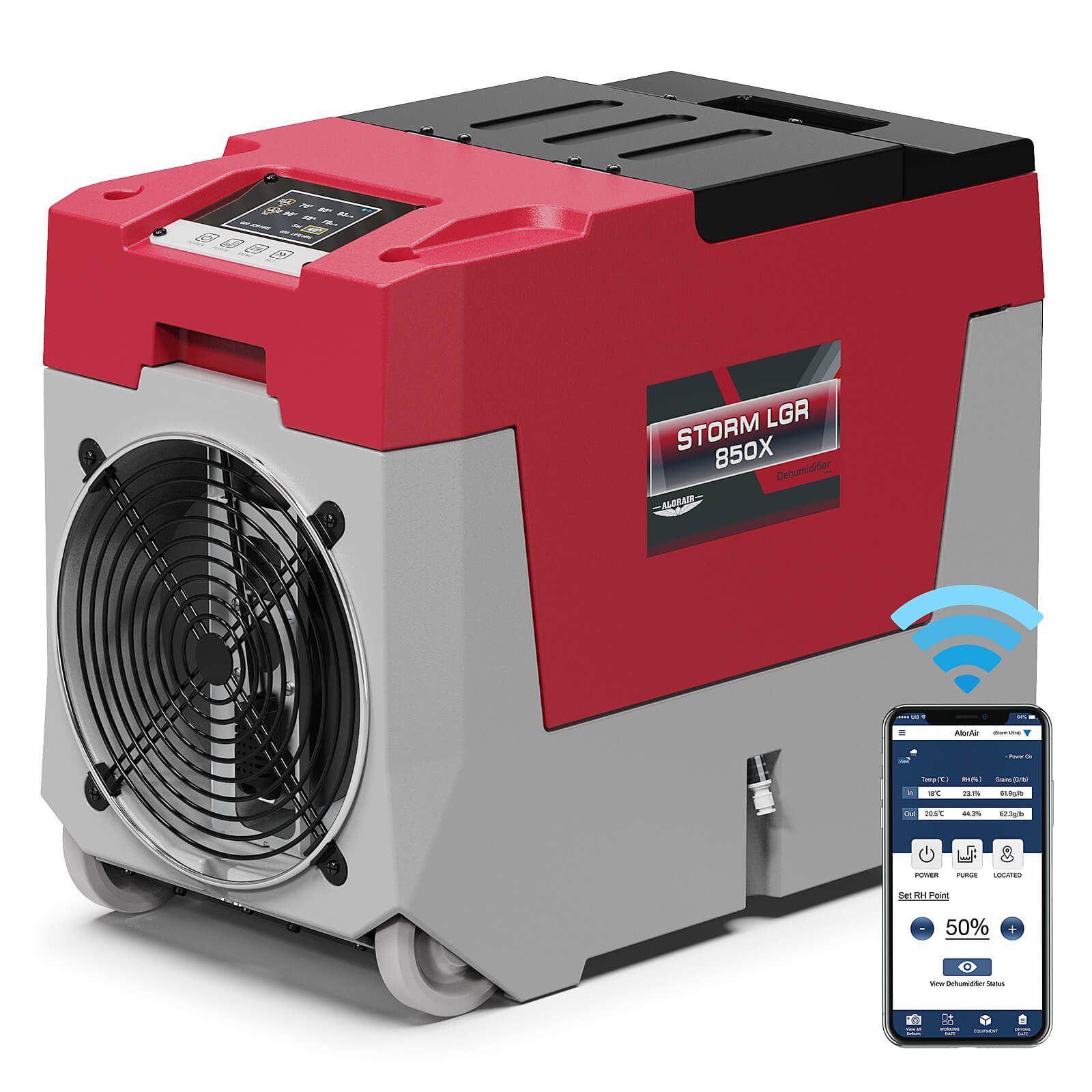
.jpg)


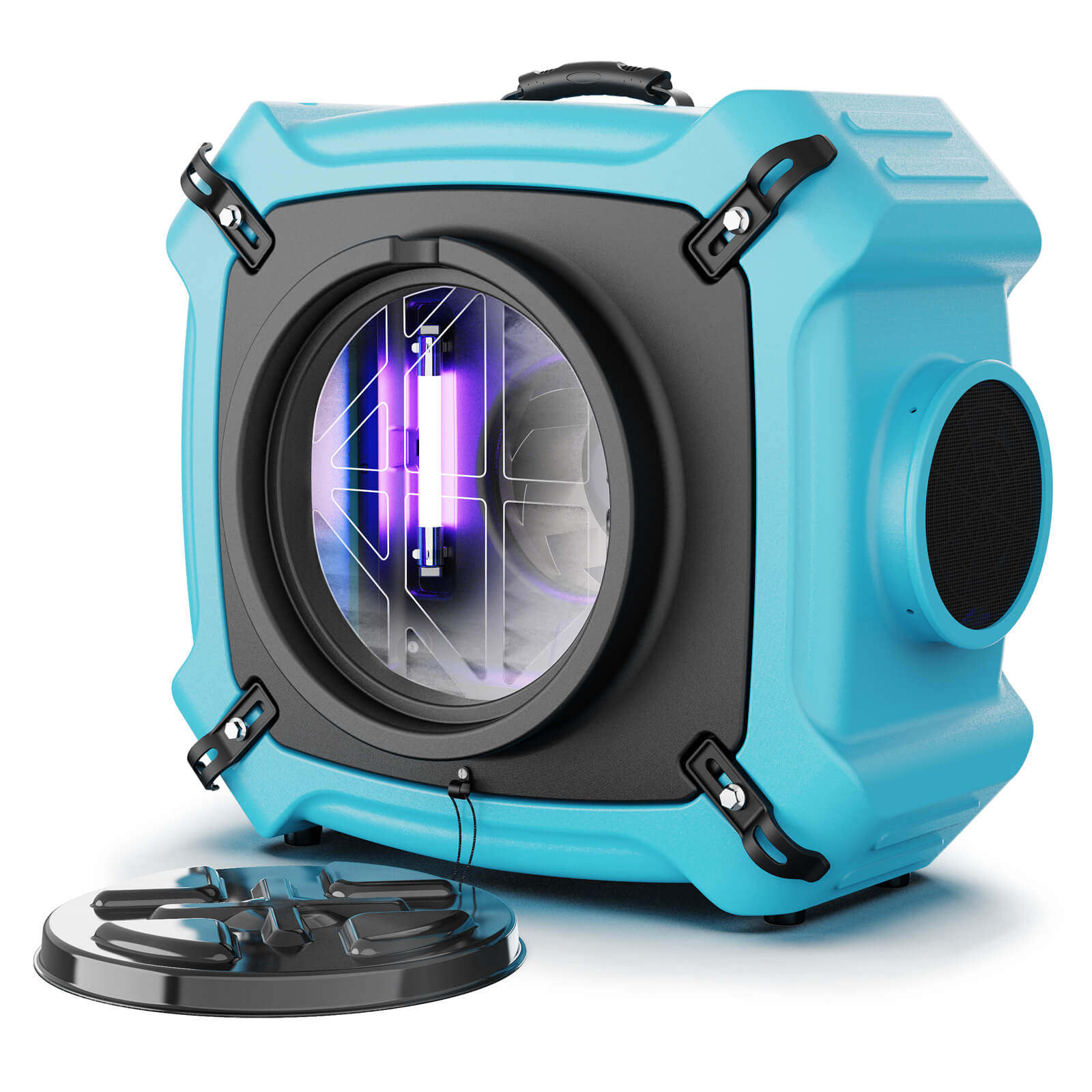
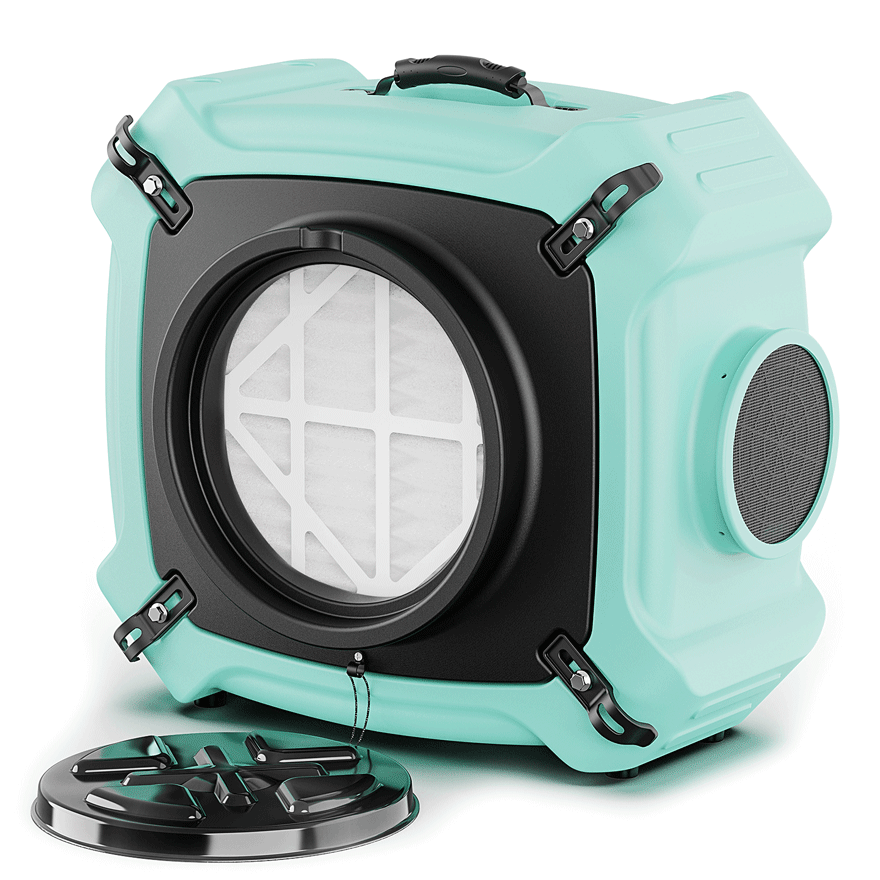


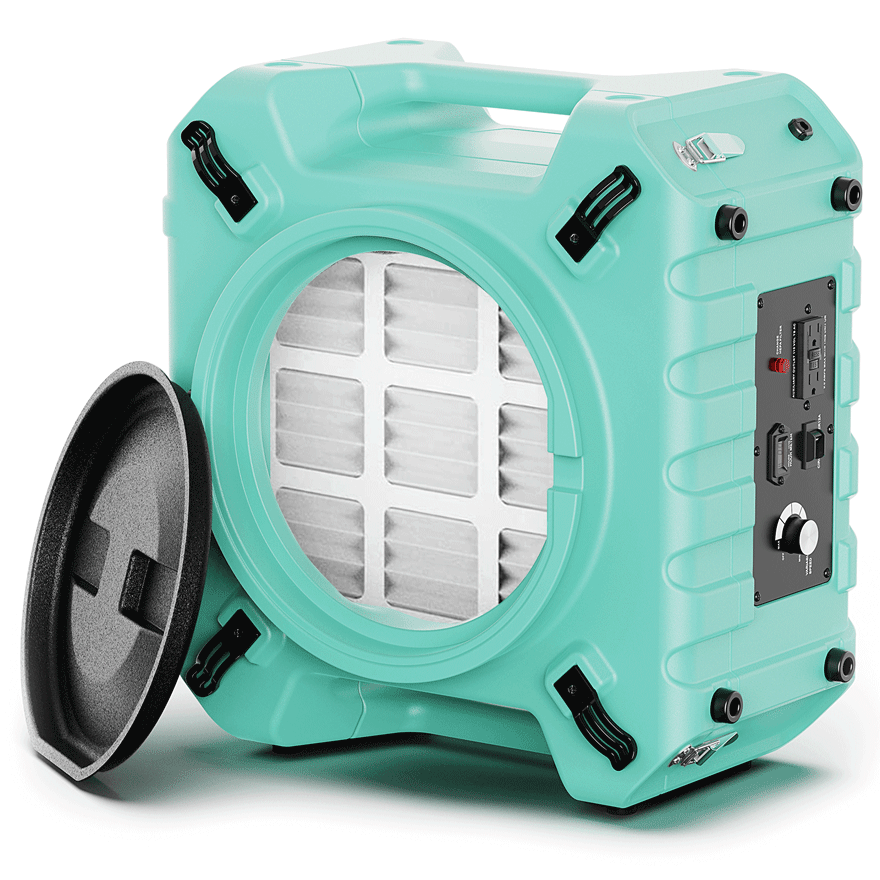

.jpg)
.jpg)
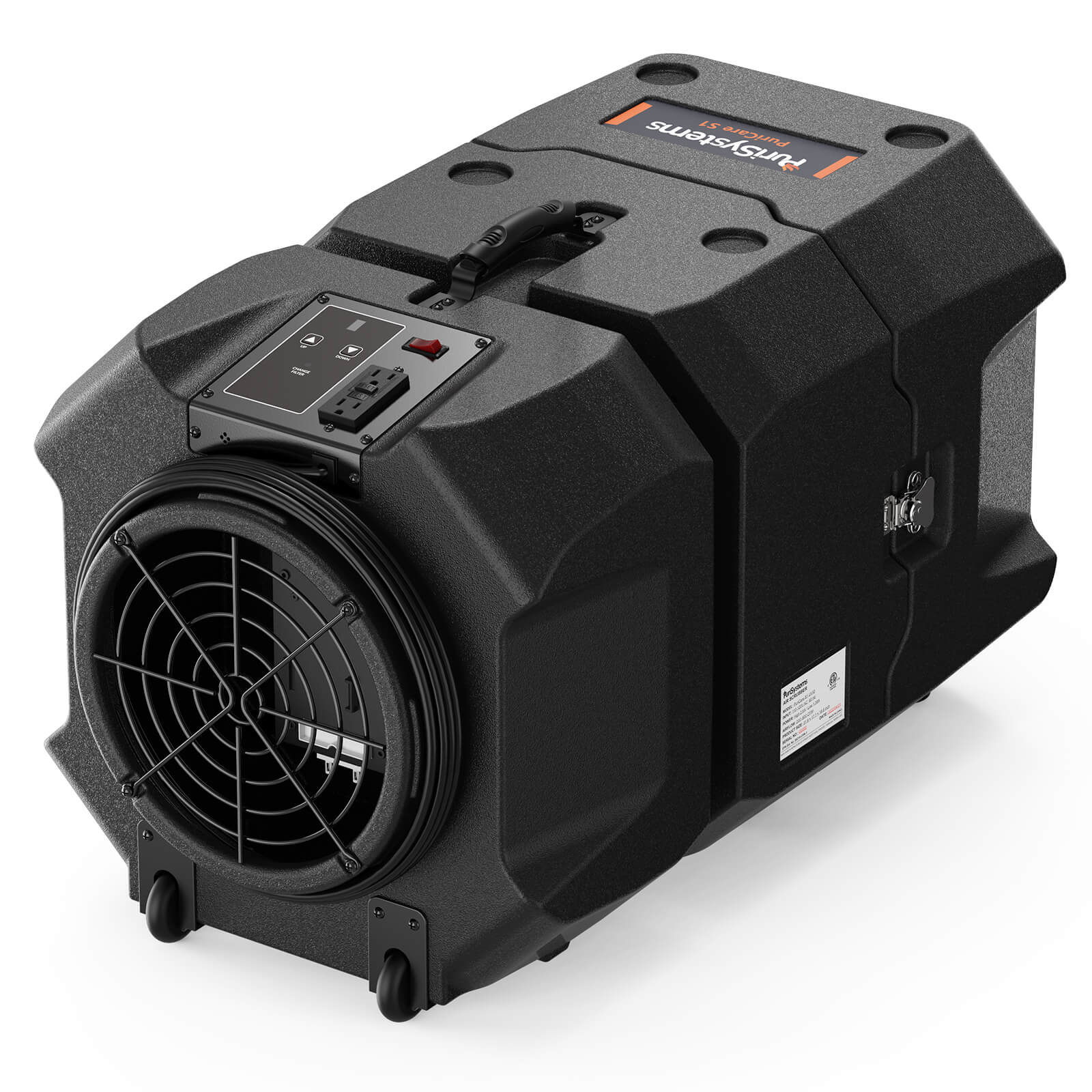




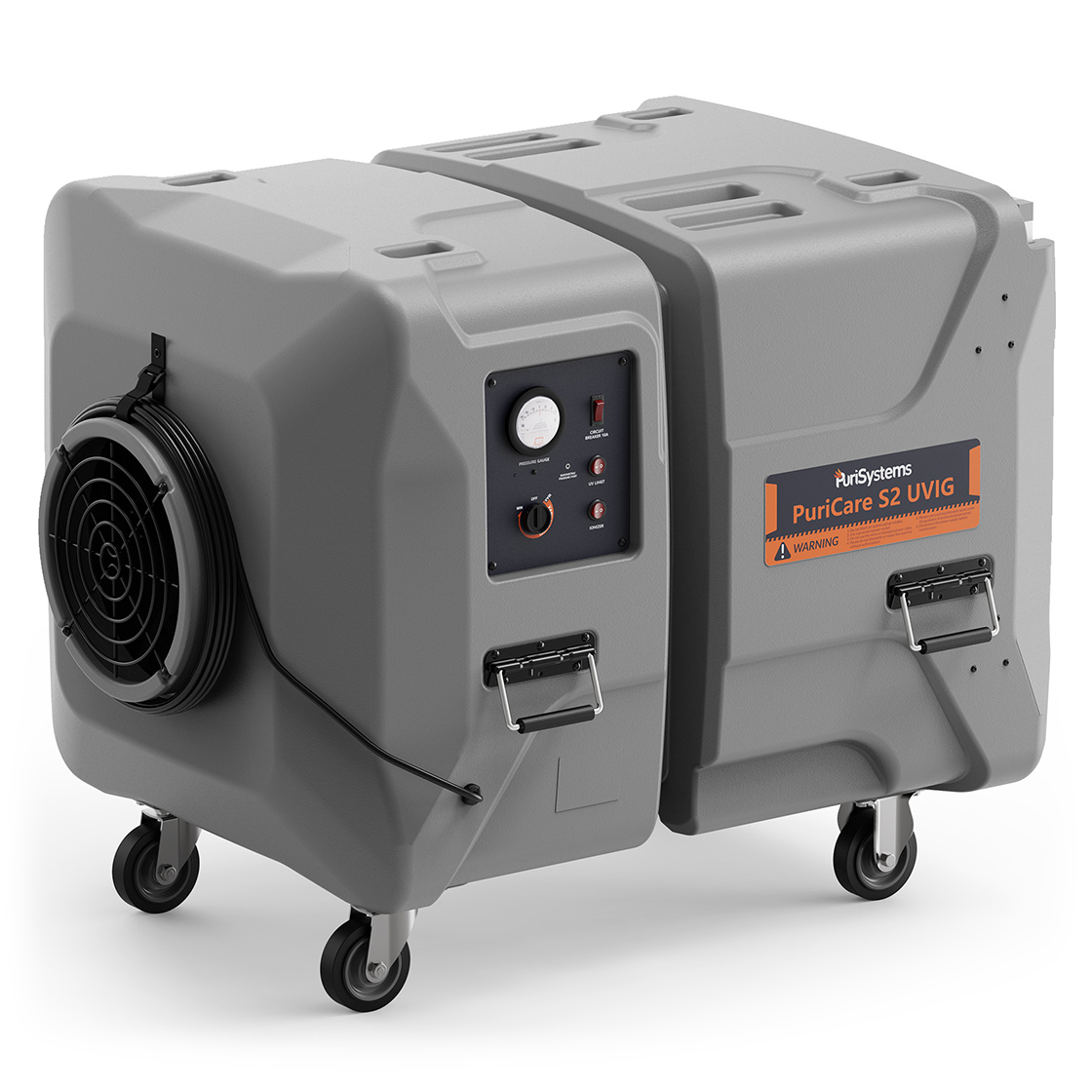

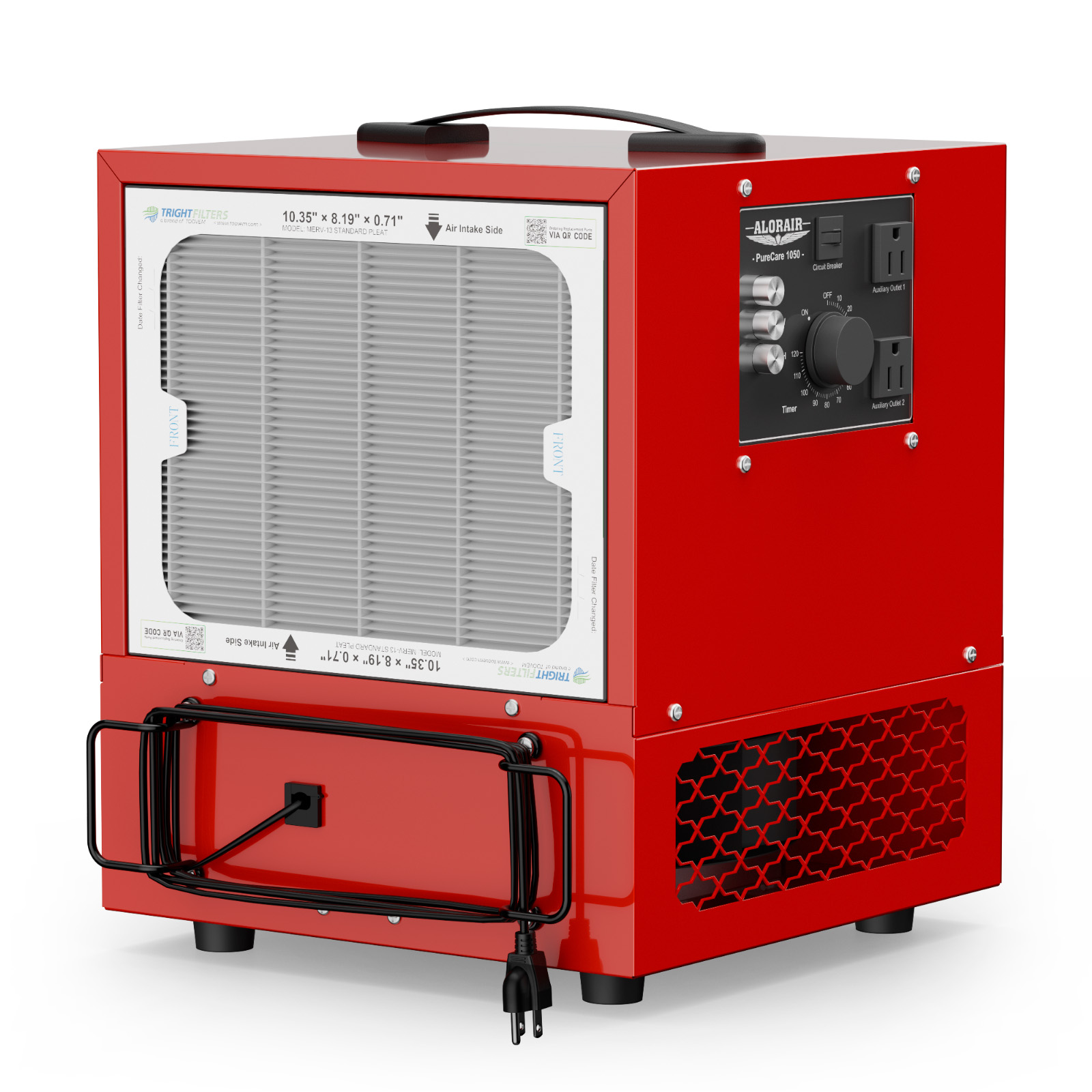
.jpg)
.jpg)
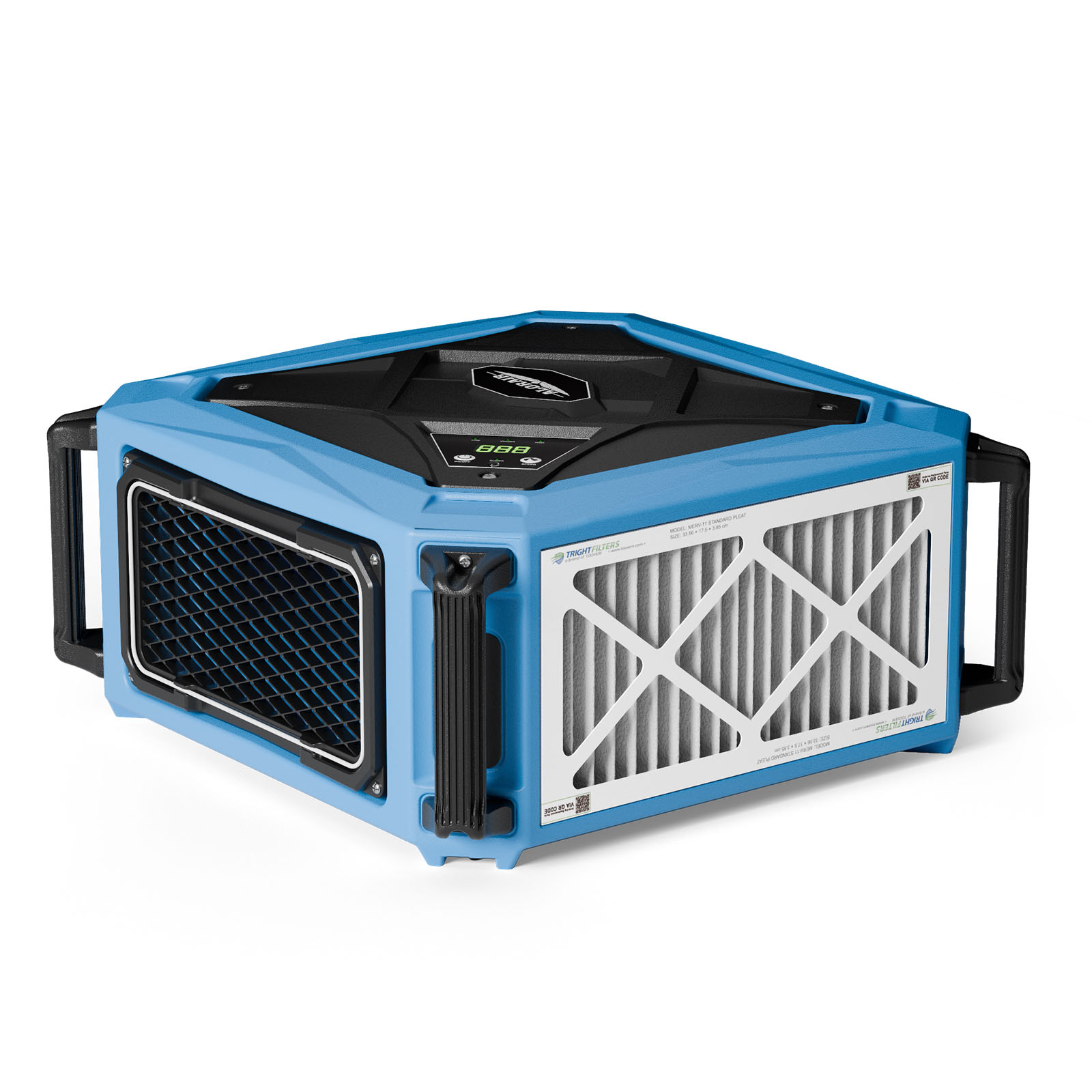

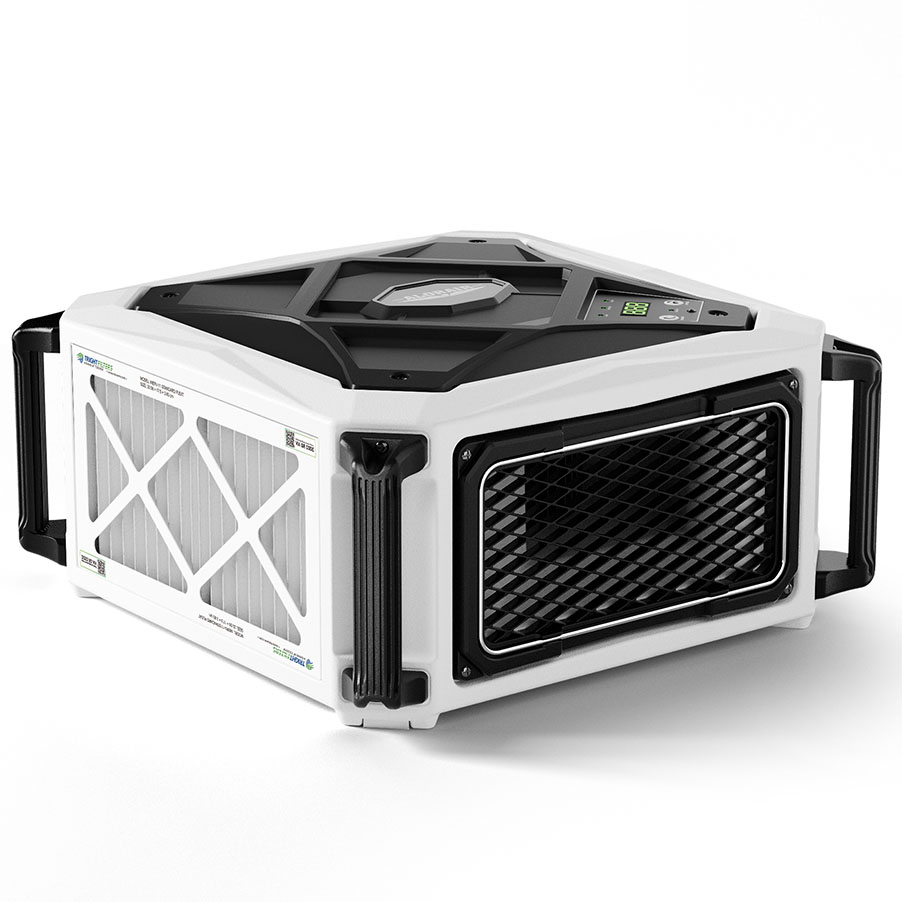
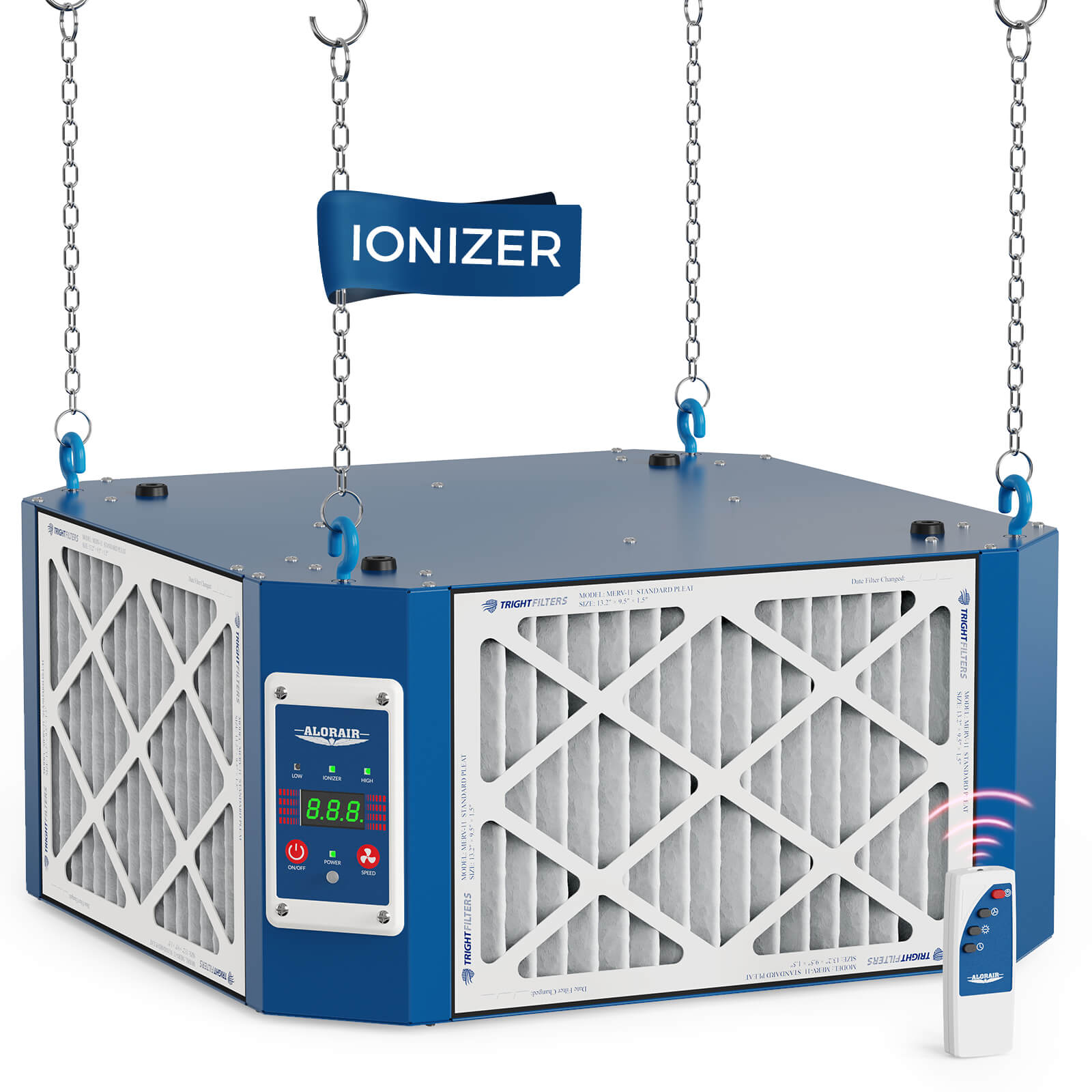
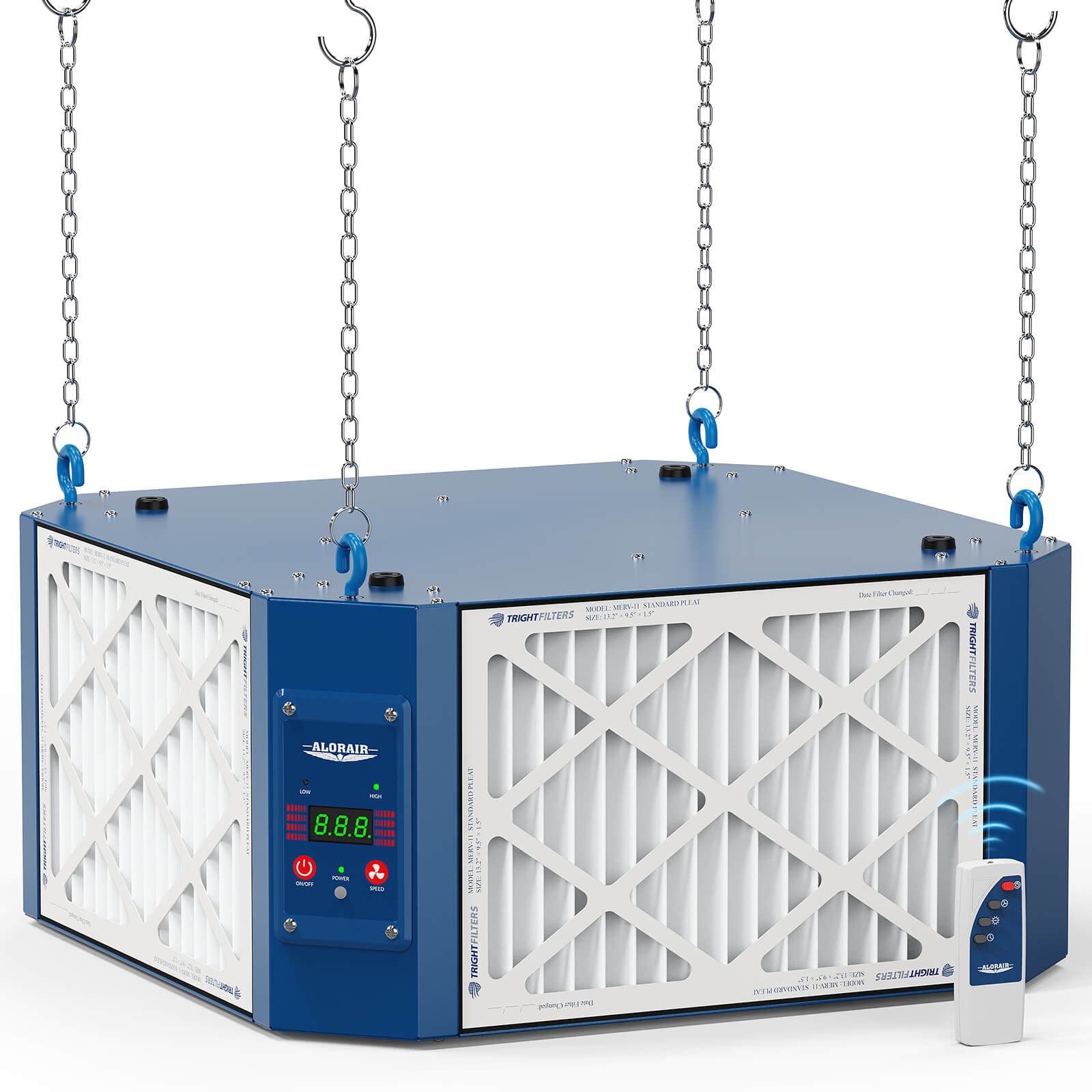
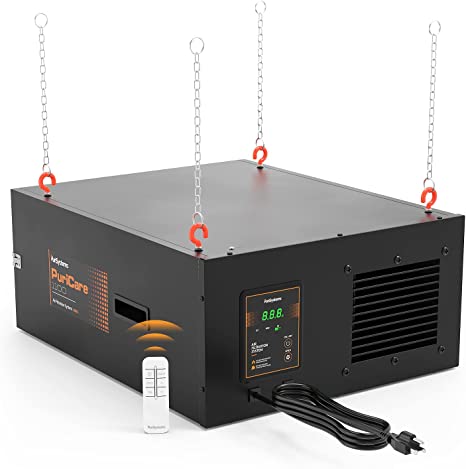

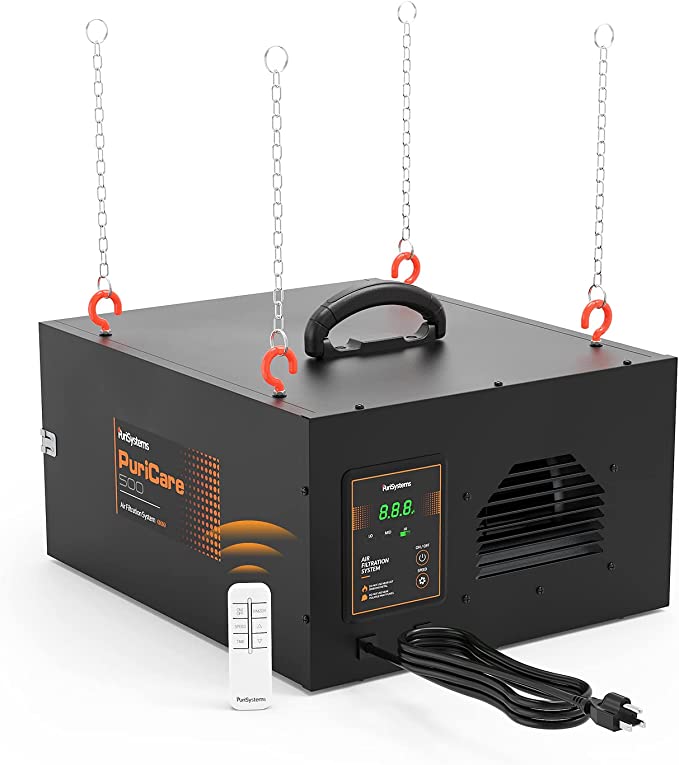


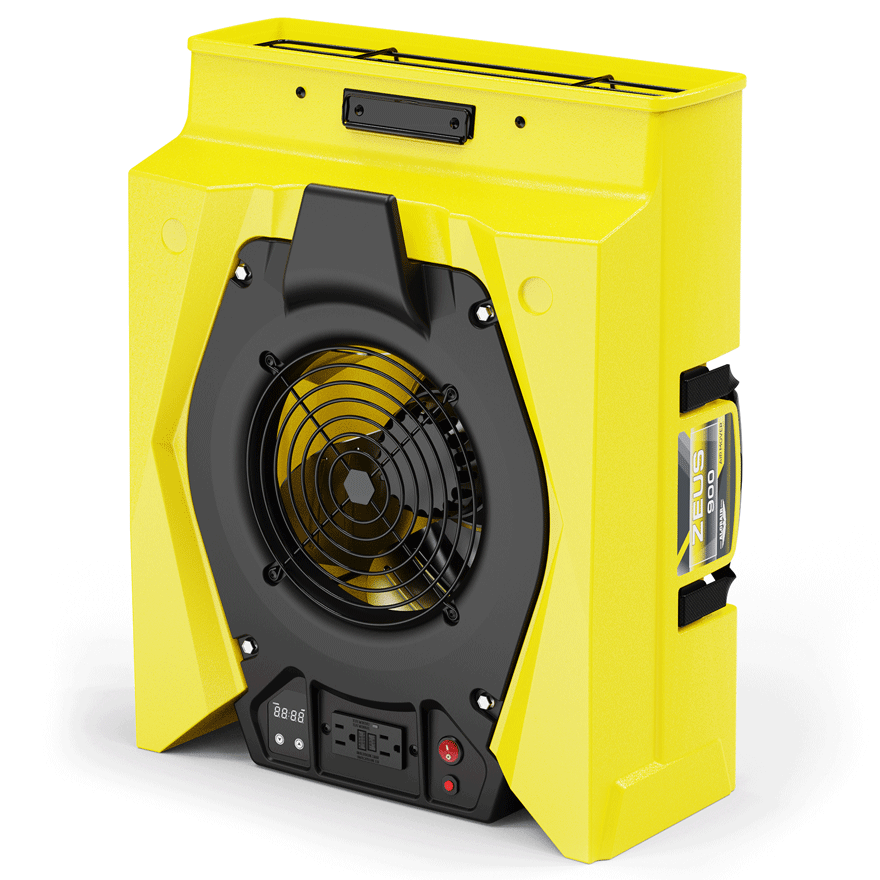

.jpg)
.jpg)
.jpg)
.jpg)
.jpg)
.jpg)
.jpg)
.jpg)
.jpg)
.jpg)
.jpg)
.jpg)
.jpg)
.jpg)


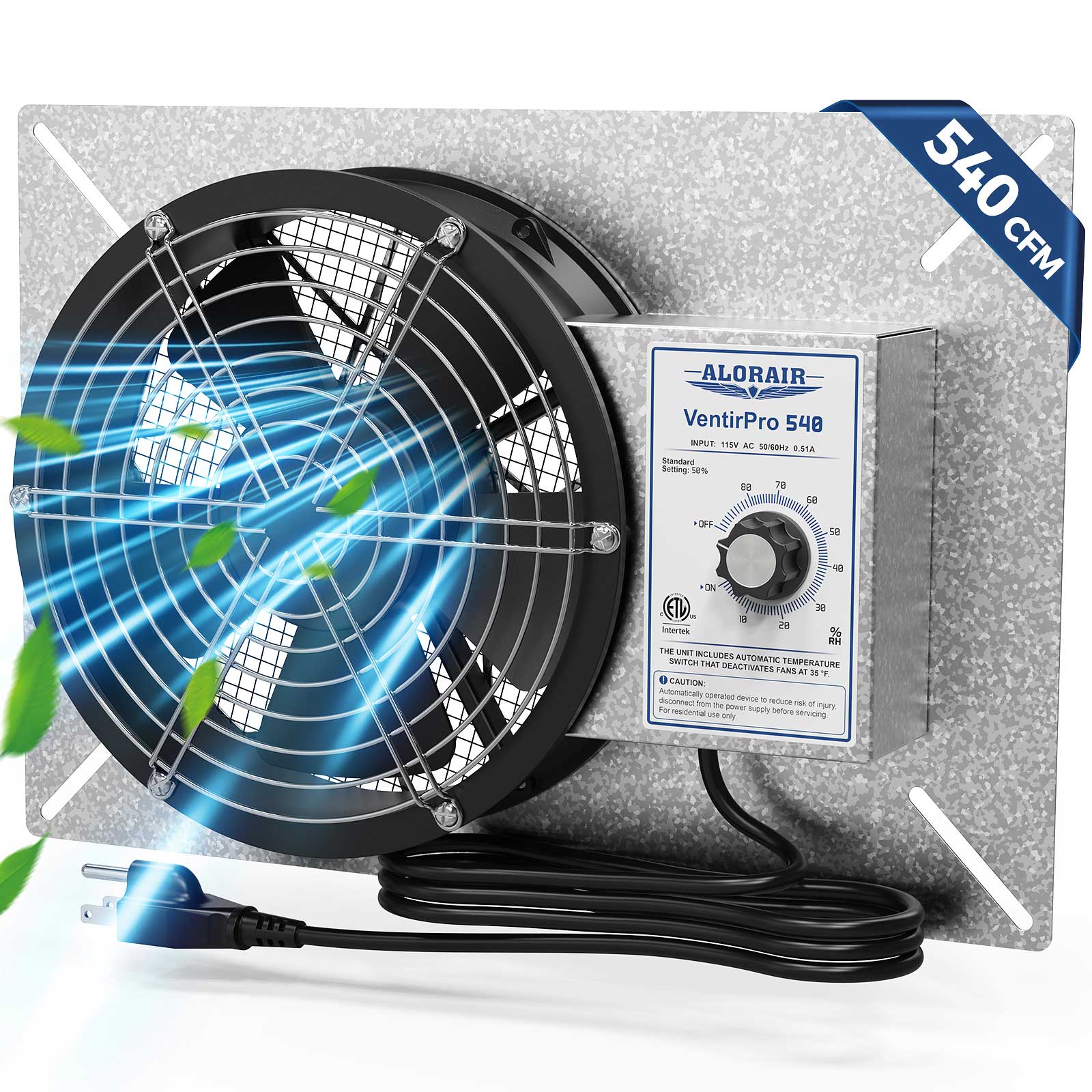


.jpg)
.jpg)


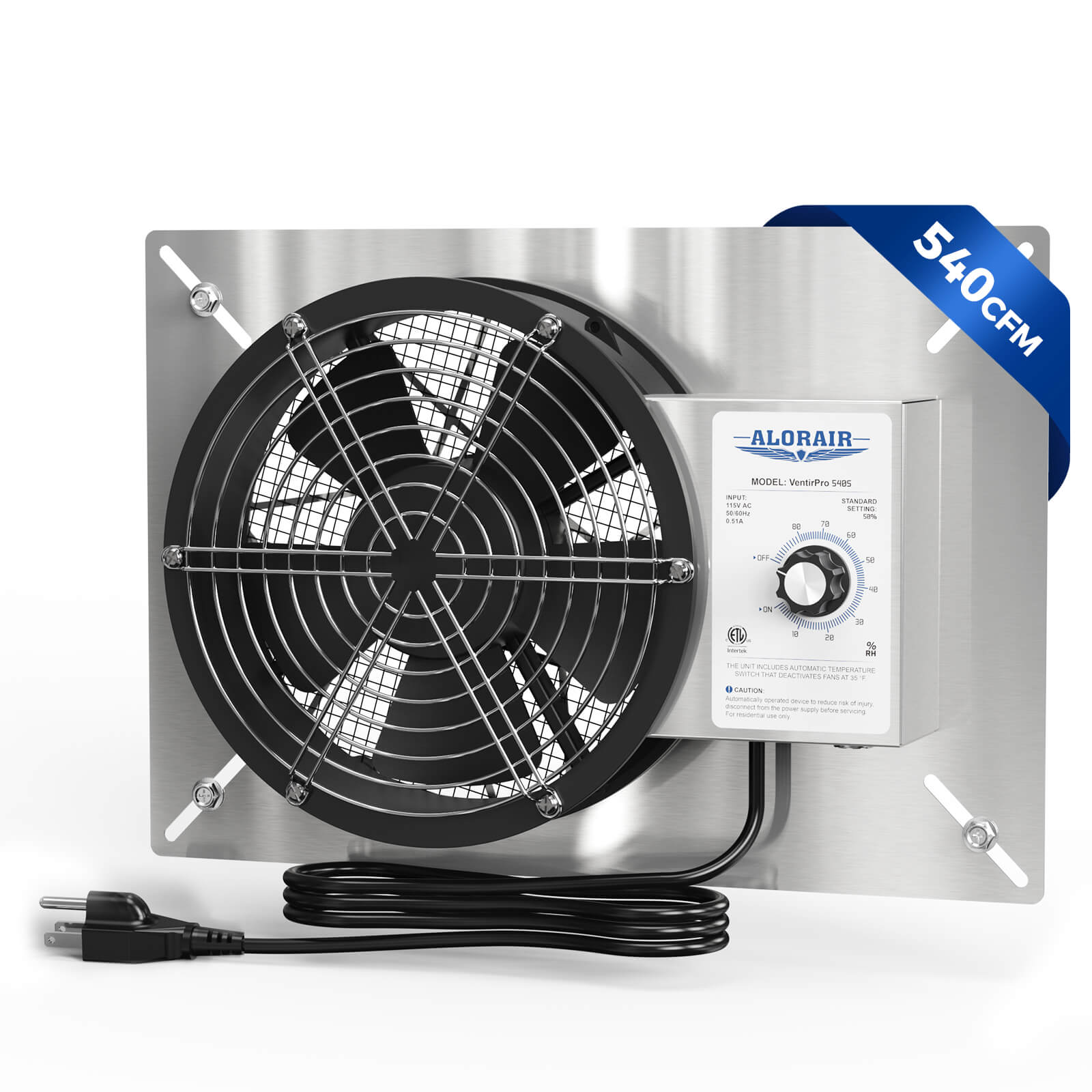




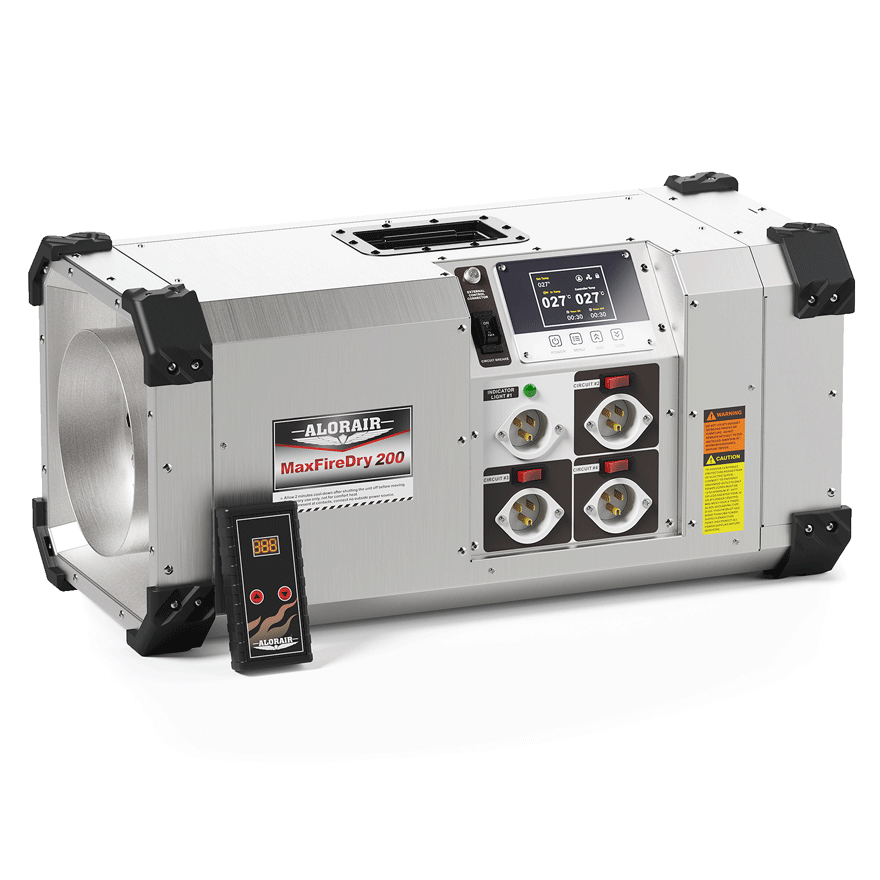







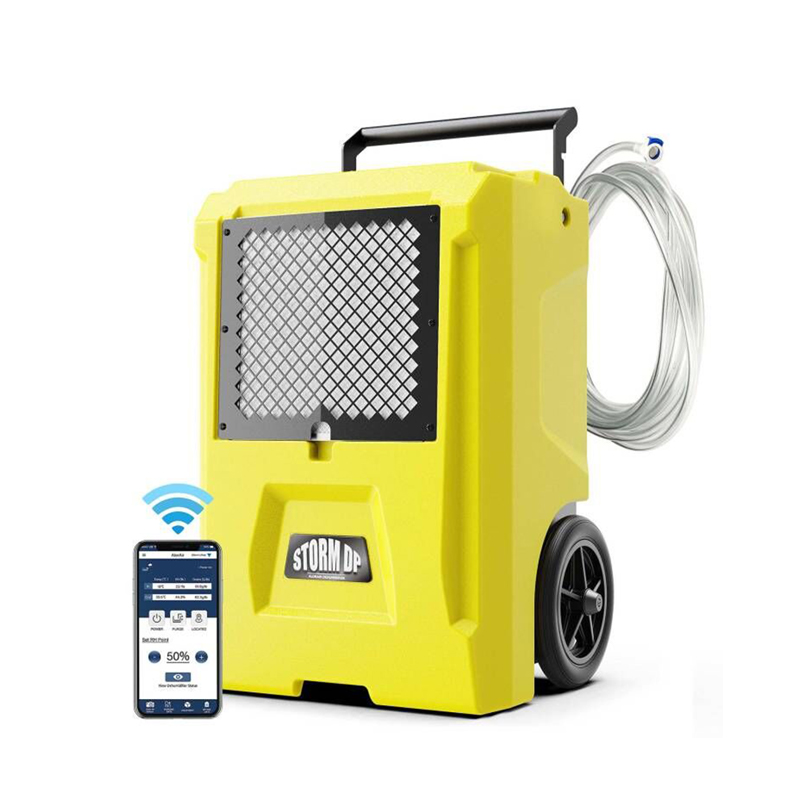
-.jpg)
.jpg)

.jpg)
.jpg)



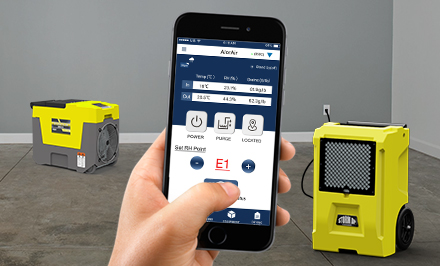



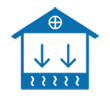
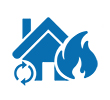


















 Exclusive offers
promotions
Exclusive offers
promotions

